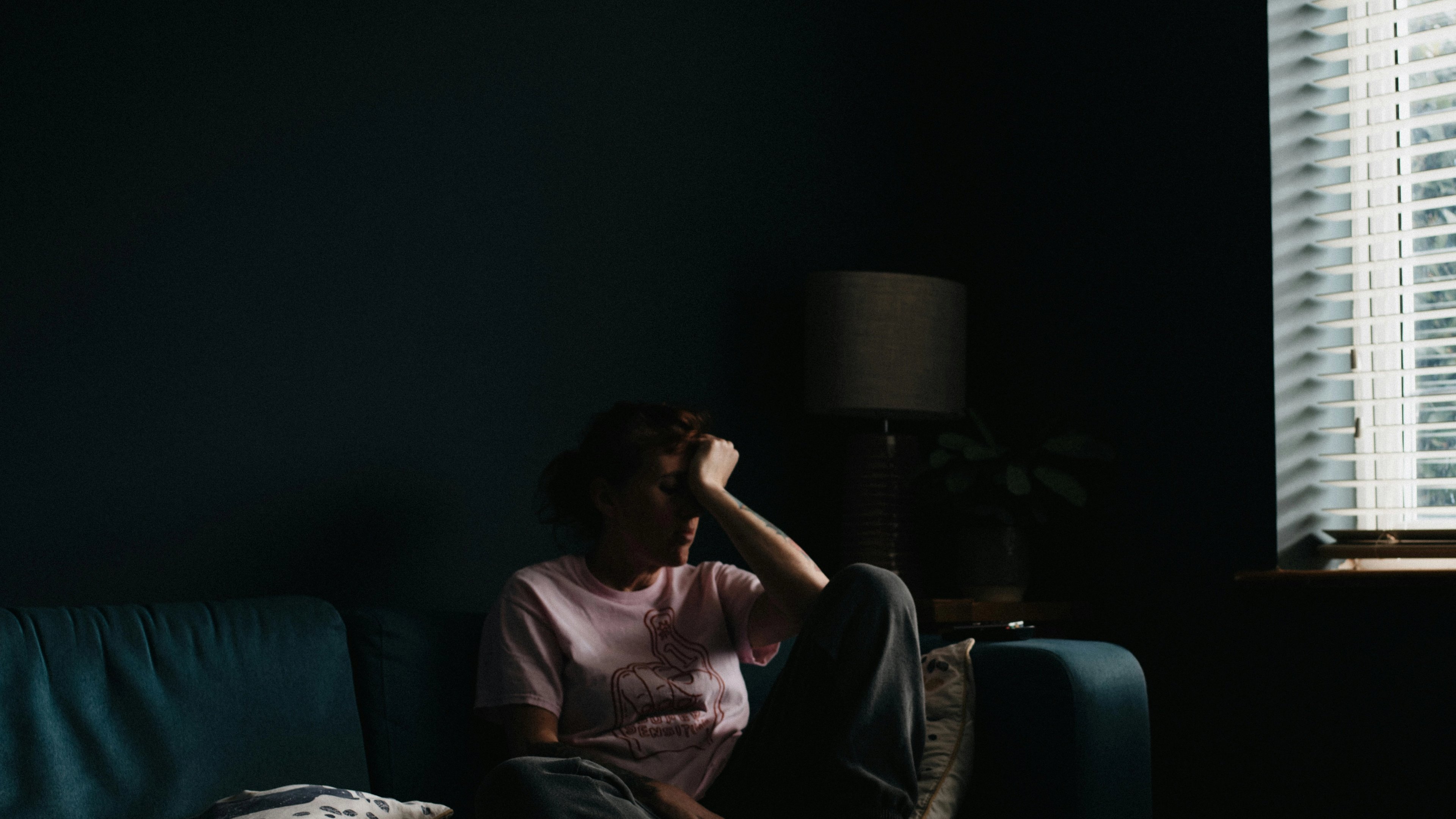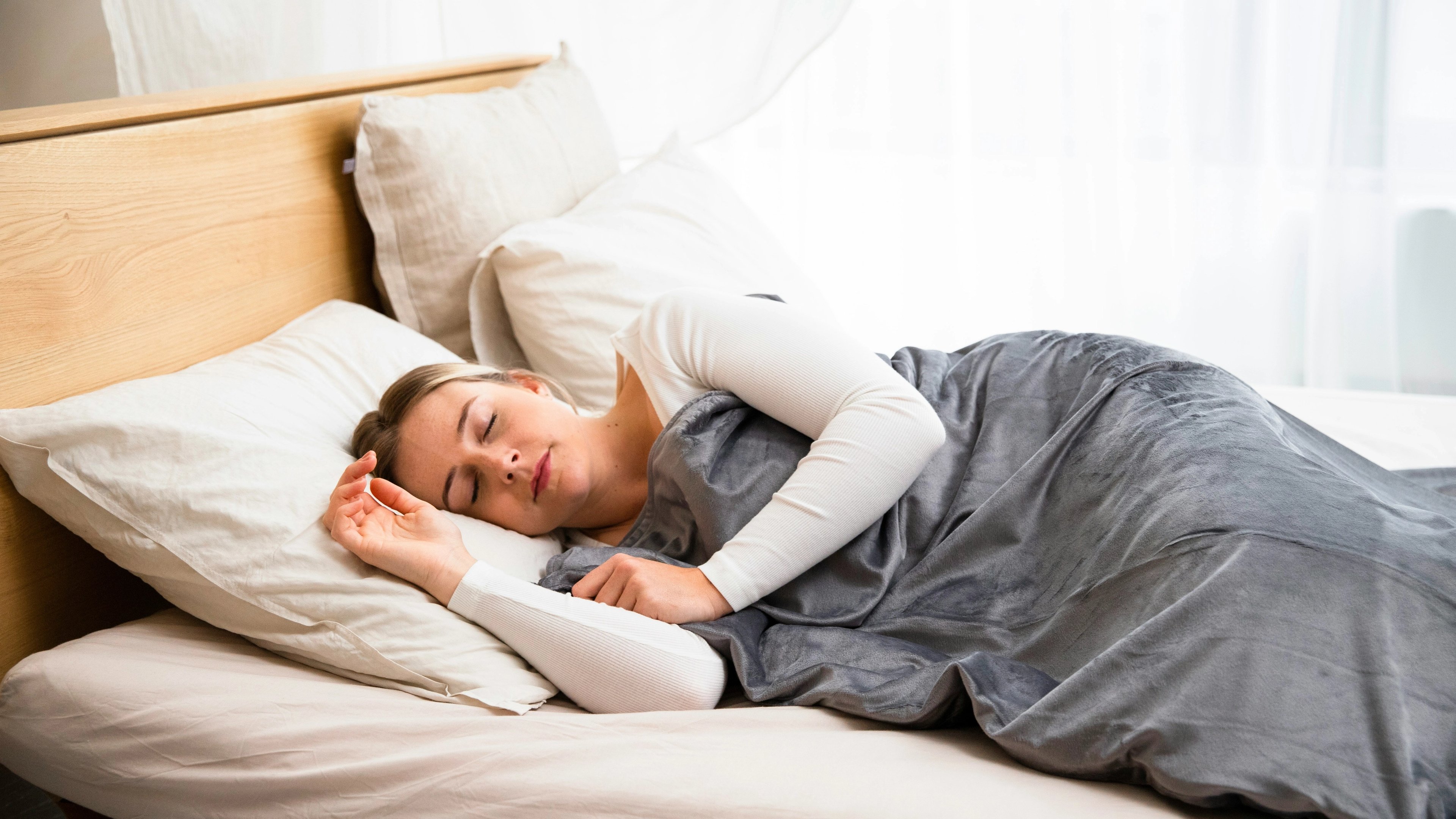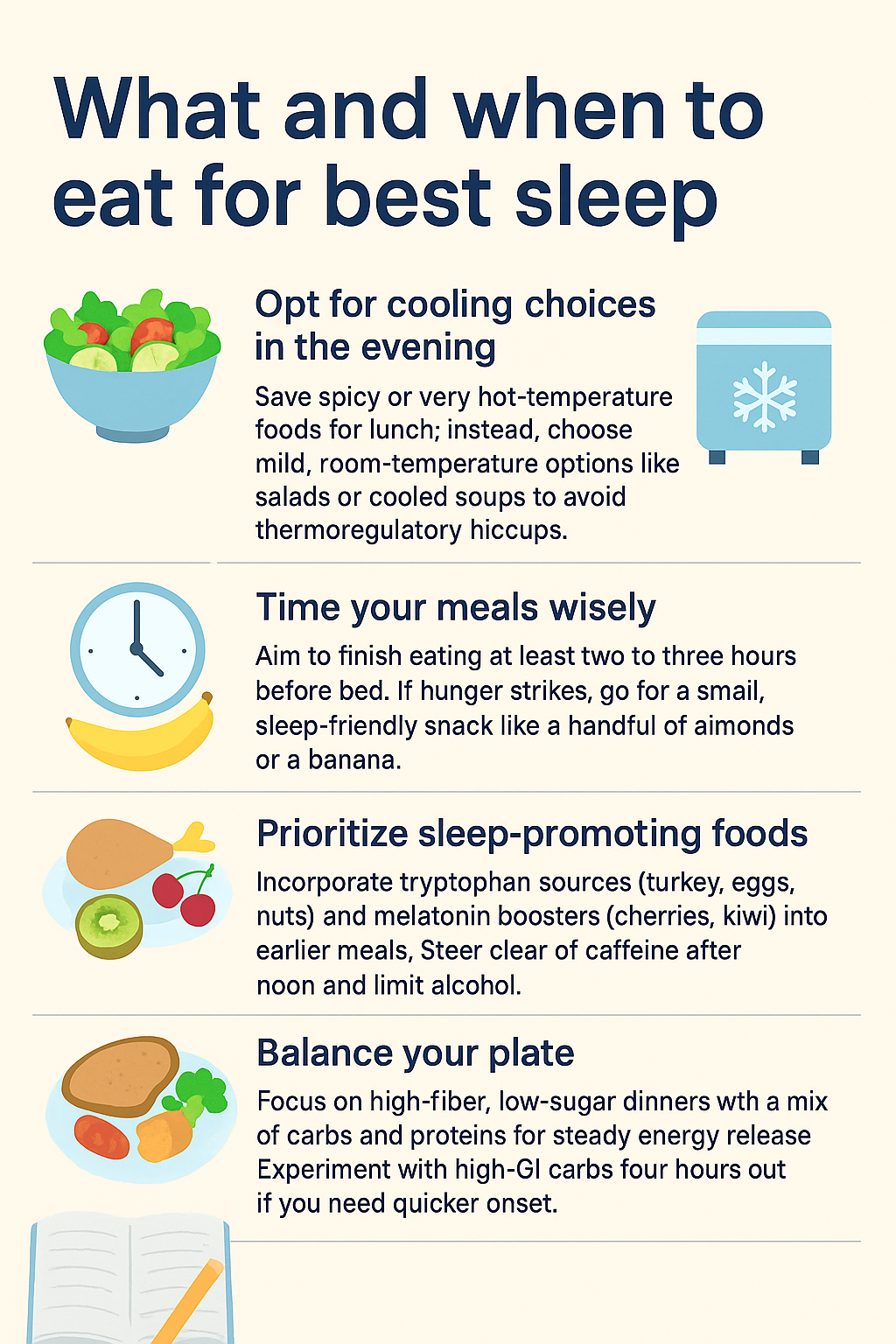
Does That Spicy Dinner Keep You Awake?
Consider how the interplay of food choices, spices, temperatures, and meal timings weaves into the fabric of your nightly rest. What insights from the science might reshape your habits, leading to more effortless transitions into sleep? Reflect on these connections, and let curiosity guide your path toward nights filled with renewal and vitality.







